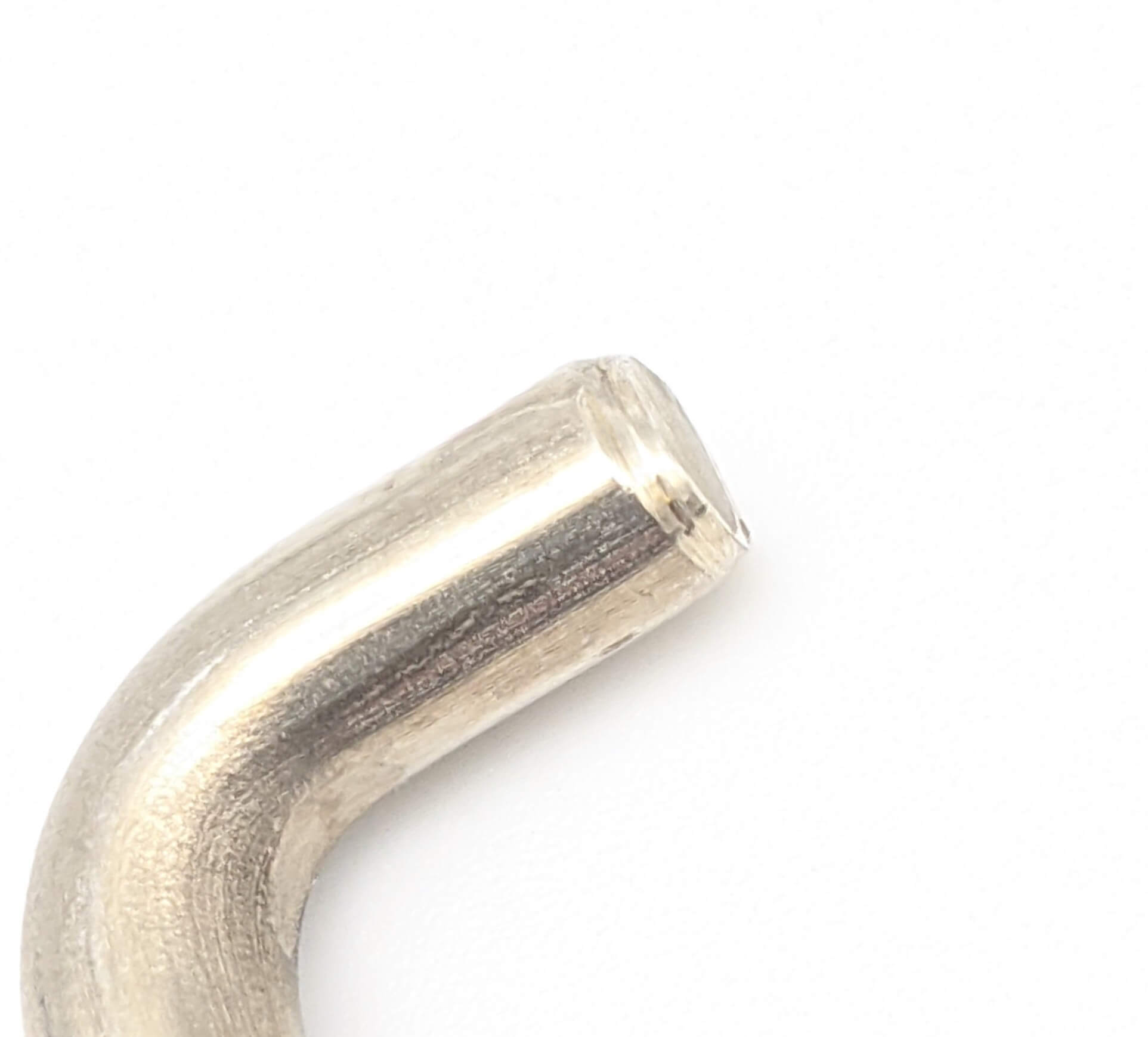Get unique, complex parts easily. No matter your requirements, Chaoyi Spring creates hard-to-produce coil springs and wire forms.
Let us help you create the custom wire form you need, from S-hooks and J-hooks to utility hooks and more.
We work closely with customers across a wide range of industries, helping them design and manufacture made-to-order parts.
Why choose Chaoyi Spring? We prioritize customer-focused collaboration, modern equipment and the latest technology to make your parts per print.
Find the information and guidance you need, from measuring a spring to learning about materials, placing an order and much more.
Coil spring compressors are essential tools for anyone working on vehicle suspension systems. They allow you to safely compress the springs, making it possible to remove and replace components like


Coil spring compressors are essential tools for anyone working on vehicle suspension systems. They allow you to safely compress the springs, making it possible to remove and replace components like shocks, struts, and other suspension parts. But using a coil spring compressor requires a certain level of mechanical knowledge and caution. This guide will walk you through the ins and outs of using a coil spring compressor, covering everything from choosing the right type to safety precautions and step-by-step instructions. Whether you're a seasoned mechanic or a DIY enthusiast, this comprehensive guide will equip you with the knowledge and confidence to tackle your next suspension job.

Coil spring compressors are mechanical devices designed to compress the helical springs found in vehicle suspension systems. This compression is crucial for various tasks, such as:
There are mainly two types of coil spring compressors:
When choosing a coil spring compressor, it's essential to consider the type of vehicle you'll be working on and the size of the springs. It's always best to err on the side of caution and opt for a compressor that can handle the load with some margin.
Working with coil spring compressors involves inherent risks. Always prioritize safety and follow these precautions:
Now that you've got the basics down, let's walk through the process of using a coil spring compressor:
Even with careful usage, you might encounter some problems. Here are some common issues and how to address them:
Using a coil spring compressor requires a careful and methodical approach, but with the right knowledge and tools, you can safely and efficiently tackle suspension jobs. Remember, safety should always be your top priority. Always take the necessary precautions, inspect your equipment, and never hesitate to seek professional help if you are unsure or feel uncomfortable performing the task. By following the steps outlined in this guide and applying some common sense, you can confidently handle your next suspension project and keep your vehicle running smoothly.
Mastering the use of a coil spring compressor can empower you to tackle various suspension tasks. Remember to prioritize safety, choose the right tools, and follow the steps carefully. With patience and practice, you can confidently maintain and repair your vehicle's suspension system yourself, saving time and money.
Browse some of the custom wire forms and springs that we manufacture. Don’t see what you need? We specialize in made-to-order products that meet your application requirements.
Visit Our GalleryNeed a custom wire form or coil spring? We make it work. Fill out the contact form and a representative will respond within 1 business day. If you have a PDF or CAD file, you can submit to request a quote.